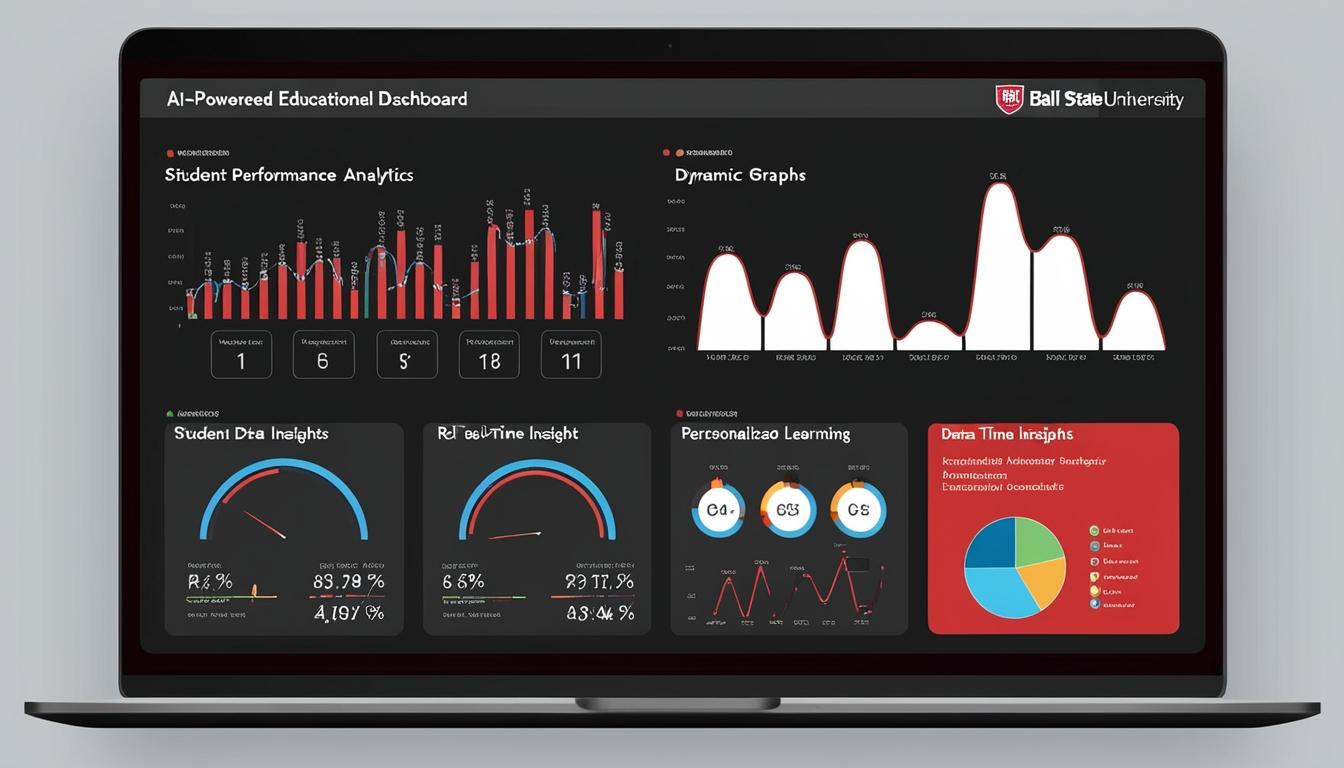At Ball State University in Muncie, Indiana, innovations in artificial intelligence (AI) are reshaping the educational landscape, empowering both educators and students through enhanced data analytics. A local professor has pioneered the use of AI to predict student performance, paving the way for a more personalised learning experience that could redefine academic practices.
This AI system analyses early-semester indicators such as quiz results, attendance rates, and participation in class discussions to deliver insights into student performance. “The AI gives us a powerful tool to identify trends early on,” explains the professor. “It doesn’t just predict final grades—it highlights weak points and strengths for each student, helping us tailor our approach.” This analytics-driven methodology not only aids students in identifying their learning needs but also equips professors with the necessary data to adapt their teaching strategies effectively.
The AI system features a user-friendly visual dashboard, reminiscent of a vehicle's dashboard, enabling educators to quickly assess which aspects of the course are challenging for students. “If a particular exam has widespread issues, the dashboard lets me know so I can adjust my teaching or even revise the exam for the next semester,” the professor elaborates, highlighting the need for adaptive educational practices.
Students also experience tangible benefits from the AI insights. Upon accessing their personalised dashboards, they receive a clear overview of their academic standing. “It acts as an early alert system,” the professor notes, indicating that students become more proactive in their studies when they can identify areas needing improvement. This proactive approach has reportedly led to significant enhancements in student performance.
Emphasising its dual functionality, the AI system, created with Python, not only provides real-time visualisation of class performance but also predicts final grades and offers actionable recommendations. These tailored action plans for assignments and exams serve as structured pathways for students to navigate their academic responsibilities.
“The more I use this AI-powered dashboard, the more I see its impact,” the professor reflects, asserting that the technology transcends mere data collection. It aims to furnish students with the motivation and tools necessary for their success.
This forward-thinking application of AI at Ball State University positions the institution as a frontrunner in the integration of technology within educational frameworks. As AI continues to evolve and infiltrate various sectors globally, its burgeoning role in education underscores vast potential benefits, suggesting that the future of learning is already in motion at Ball State.
Source: Noah Wire Services
